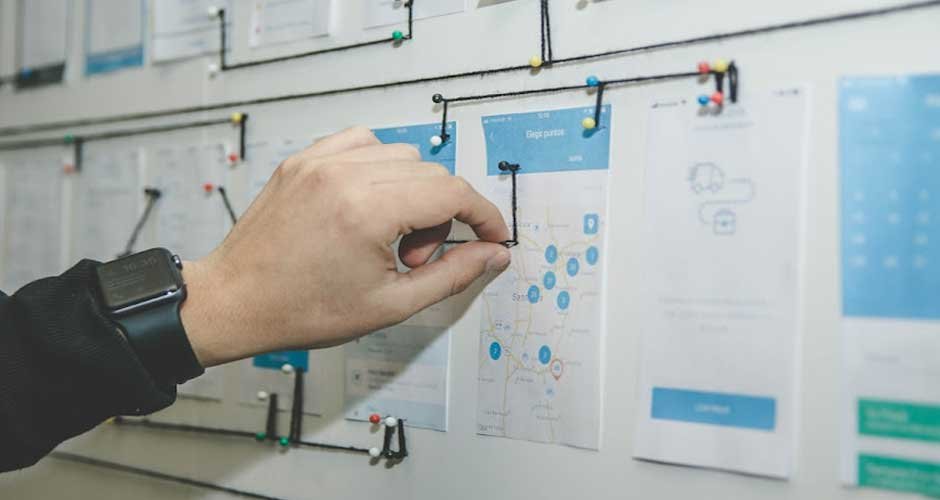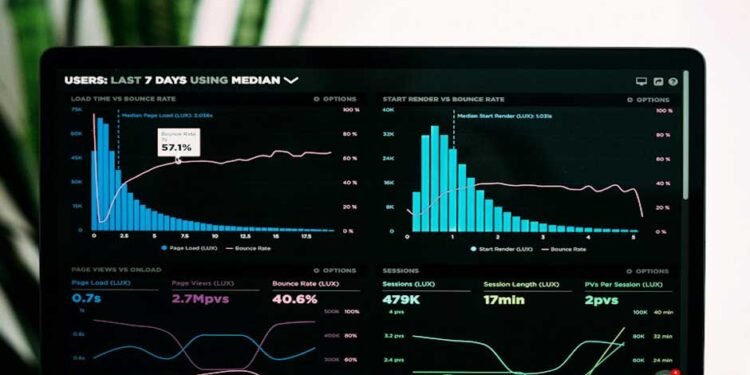Knowing how to best utilize the resources at hand has become essential in the cutthroat field of project management. Metrics measuring resource utilization define the efficiency of resource allocation and usage and are the thin line separating success from inefficiency. By helping managers make well-informed decisions, these indicators guarantee that resources like time, money, and labor are used wisely. Gaining proficiency in this area can boost customer results and employee happiness in addition to productivity. We explore these measures’ essential nature and how they are used in a variety of contexts below.
Understanding Resource Utilization Metrics in Project Management

Alt text: A person pointing to a wall covered in papers, indicating a busy workspace or a brainstorming session.
Resource utilization in project management involves measuring the effectiveness of a team’s asset usage by calculating the proportion of time spent on productive activities versus availability. These metrics allow managers to identify inefficiencies, such as overworked staff or underused machinery, and take corrective action. By aligning staff allocations with skill sets and project requirements, resource utilization metrics ensure optimal productivity while safeguarding employee well-being. They also play a crucial role in financial planning, helping organizations estimate project costs and timelines accurately, and fostering a culture of accountability and continuous improvement. Additionally, a focus on resource utilization metrics aids in decision-making regarding hiring, training, and development, allowing managers to identify talent gaps and opportunities for professional growth.
Key Resource Utilization Metrics and Their Impact
Distinguishing critical metrics for optimization involves monitoring various aspects. Among these, the utilization rate stands out as pivotal, reflecting billable hours against total available hours and indicating revenue contribution. Capacity utilization is also crucial, measuring the realization of potential output, which can highlight overcapacity or performance improvement needs. Demand forecasting utilizes historical data to predict resource needs, preventing downtime or bottlenecks. Lastly, the efficiency ratio compares output to resource input, offering insights into operational effectiveness and areas for improvement.
Measuring Employee Performance with Resource Utilization
Resource utilization metrics provide a fair and objective means to gauge individual contributions, and evaluate how employees allocate their time across projects or tasks. These metrics not only aid in performance appraisals and compensation decisions but also offer insights into team dynamics and collaboration, with high utilization rates indicating effective teamwork. Conversely, consistently low rates may necessitate a review of workload distribution. Moreover, managing workloads affirmatively can prevent burnout and disengagement, fostering a more motivated and productive workforce, thereby improving retention rates and reducing recruitment costs. Combining resource utilization metrics with qualitative performance indicators enables managers to develop a balanced assessment system, focusing on both outcomes and processes to achieve business objectives effectively.
Balancing Efficiency and Effectiveness in Resource Allocation

Alt text: Three papers with different subjects for an effective resource allocation.
Efficiency and effectiveness are intertwined yet distinct objectives in organizational management, requiring a delicate balance. While absolute efficiency, emphasizing maximum utilization, risks compromising quality and inducing stress, a sole focus on effectiveness may overlook unused capacity. The elasticity of resource allocation is pivotal, allowing for adaptable deployment to accommodate fluctuating workloads and maintain standards without overextending resources, particularly crucial in industries with seasonal demand. Efficient resource management involves more than just cost-cutting; it necessitates intelligent investment, accurately assessing resource value to allocate funds wisely, and fostering sustainable growth and resilience. Successful implementation hinges on organizational adaptability, cultivating a culture valuing both resource conservation and strategic agility to enhance overall efficiency and effectiveness.
Leveraging Technology for Improved Resource Utilization Monitoring
Technology has revolutionized resource utilization monitoring with automated systems enabling real-time data collection and analysis for rapid adjustments and improved efficiency. Modern software solutions offer intuitive dashboards and reporting tools, facilitating shared understanding and collaborative problem-solving. Predictive analytics leverages historical data to forecast future trends, enabling proactive resource management. Integration of systems like CRM, ERP, and project management platforms ensures consistency and coherence in decision-making, fostering a unified strategy for resource optimization.
Overall, any firm looking to maximize its performance and guarantee long-term expansion needs to have a solid understanding of resource use indicators. Leaders may make well-informed decisions that boost productivity and foster a positive work environment by comprehending these measurements, keeping an eye on important performance indicators, and embracing technology. Businesses achieve their strategic goals when effective allocation techniques are matched with measures of individual and team performance. Ultimately, achieving organizational excellence requires paying close attention to how resources are used.












